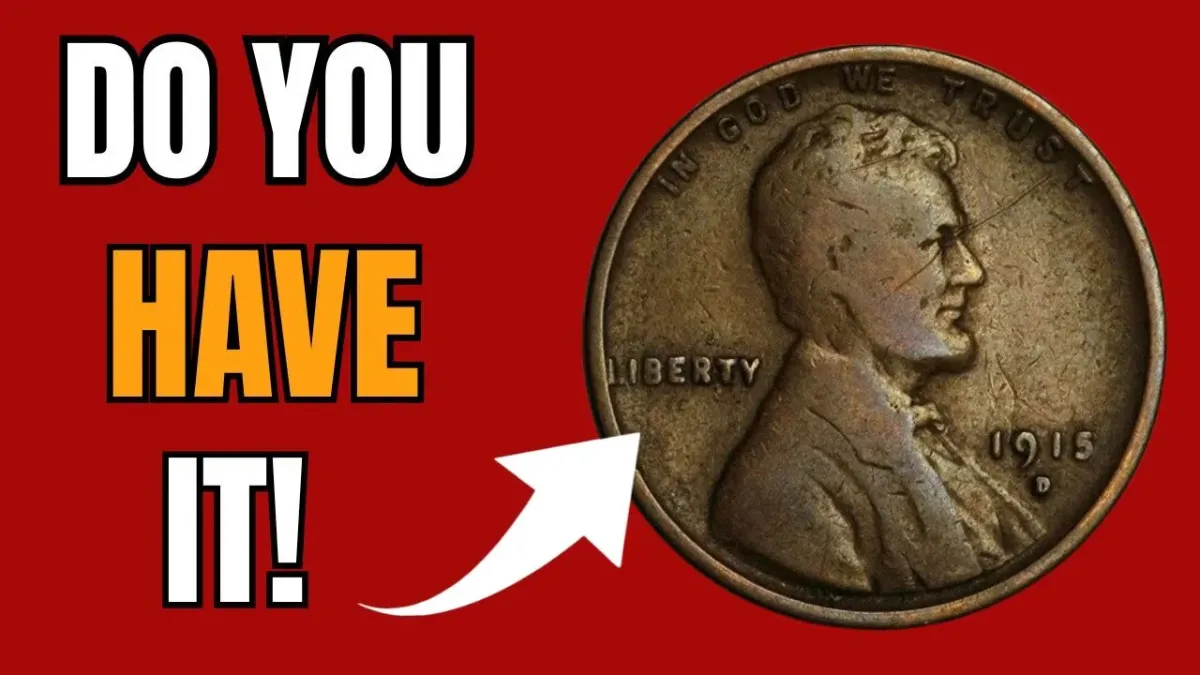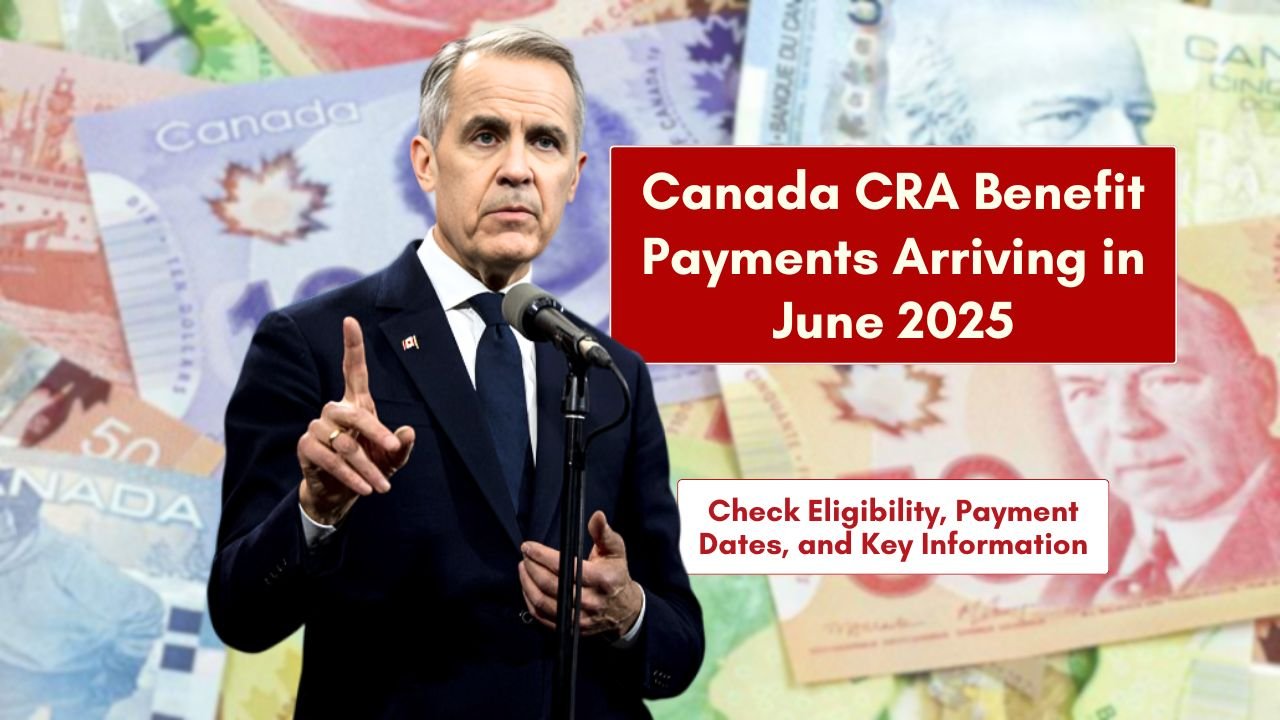Hidden Treasure: Rare 1976 Quarter Worth $300K Could Be in Your Pocket
Have you ever found an old coin in your drawer or pocket and wondered if it’s worth anything? It might be time to take a closer look. A rare version of the 1976 quarter is making headlines, and collectors are willing to pay up to $300,000 for it. Yes, you read that right — a single coin that could be sitting unnoticed in your change could be worth a small fortune.
The 1976 quarter was made to celebrate the 200th birthday of the United States. These coins, called Bicentennial quarters, are common and were produced in large numbers. But among them, a few rare types have become very valuable due to small errors or special features. If you’re lucky enough to find one, you could hit the jackpot.
What Makes the 1976 Quarter So Special?
Most 1976 quarters are only worth their face value — 25 cents. But a small number of them are special due to minting mistakes or unique characteristics. These rare coins were never meant to be released to the public or were part of special sets, and that’s what makes them so desirable.
Collectors love coins with errors or special production qualities. Some of the rare 1976 quarters were struck in silver when they were supposed to be copper-nickel. Others have double images, missing letters, or other mistakes that occurred during the minting process. These small details make a huge difference in the coin world.
Overview Table: Types of 1976 Quarters and Their Value
| Type of 1976 Quarter | Key Feature | Estimated Value |
|---|---|---|
| Standard Bicentennial Quarter | Common copper-nickel | $0.25 |
| Silver Bicentennial Quarter (Proof/Uncirculated) | Made of 40% silver | $3 to $7 |
| Double Die Error Quarter | Double image on lettering or design | $100 to $3,000 |
| Off-Center Strike Quarter | Part of design missing | $100 to $1,500 |
| Rare Prototype or Special Mint Quarter | Unique features, very few known | Up to $300,000 |
How to Identify a Valuable 1976 Quarter
To find out if your 1976 quarter is rare and valuable, you need to know what to look for. Here are a few things to check:
-
Look for Mint Marks: The small letters “D,” “S,” or no mark at all under the date can tell you where the coin was made. Some valuable versions come from the San Francisco mint (“S”).
-
Check the Material: Most quarters are copper-nickel, but some rare ones are 40% silver. A silver quarter will feel heavier and have a different sound when dropped.
-
Look for Errors: Use a magnifying glass to check for double images, missing details, or off-center designs.
-
Condition Matters: Coins in better condition are worth more. If your quarter is shiny, has no scratches, and looks almost new, it could be worth more.
Why People Are Paying So Much
Coin collectors are passionate about finding rare items. When a coin is rare, in great condition, and has a unique story behind it, it becomes highly collectible. The $300,000 quarter is believed to be a prototype or test coin that was never meant to be in circulation. Its rarity makes it one of the most sought-after coins among U.S. coin collectors.
As time passes, fewer of these rare coins remain in good condition. That’s why collectors are willing to pay high prices — especially if the coin is certified by an expert.
Where to Look for These Quarters
You don’t need to be a treasure hunter to find valuable coins. Here are some everyday places where people have found rare quarters:
-
Your Spare Change: Always check your coins before you spend them.
-
Coin Jars at Home: Go through your old collection or piggy bank.
-
Flea Markets or Garage Sales: Sometimes rare coins show up in old boxes of change.
-
Ask Relatives: Older family members may have coin jars with forgotten treasures.
What To Do If You Think You Found One
If you find a 1976 quarter that you think might be valuable, don’t rush to sell it. Follow these steps:
-
Don’t Clean It: Cleaning a coin can actually reduce its value. Leave it as it is.
-
Research It: Compare your coin to images and descriptions of rare 1976 quarters online.
-
Get It Appraised: Visit a coin dealer or a coin show to have an expert look at it.
-
Certification: If the coin looks rare, consider having it certified by a grading company like PCGS or NGC.
-
Sell Carefully: Don’t sell it to just anyone. Use trusted coin dealers or auction houses.
FAQs:
Q1: Is every 1976 quarter valuable?
No. Most 1976 quarters are common and worth only 25 cents. Only rare versions with unique features or errors have high value.
Q2: How can I tell if my 1976 quarter is silver?
You can weigh it or look at the edge. Silver quarters have a different tone and no copper coloring on the edge.
Q3: Where should I sell a rare quarter if I find one?
Coin dealers, online coin auctions, and certified coin marketplaces are the best places to sell valuable coins.
Q4: Can I still use a 1976 quarter as money?
Yes, it’s still legal tender. But if it’s a rare one, you definitely don’t want to spend it like a regular quarter!
Q5: Are there other valuable coins like the 1976 quarter?
Yes, many old coins can be valuable — especially ones with minting errors, silver content, or low production numbers.
Final Thoughts
The idea that a simple quarter in your pocket could be worth thousands of dollars is exciting — and not impossible. The rare 1976 Bicentennial quarter proves that treasures can be hiding in plain sight. With a little attention and some luck, you might just discover a fortune in your own home.
So, check your change. That old coin could be a rare find, and you wouldn’t want to give it away for just 25 cents.


